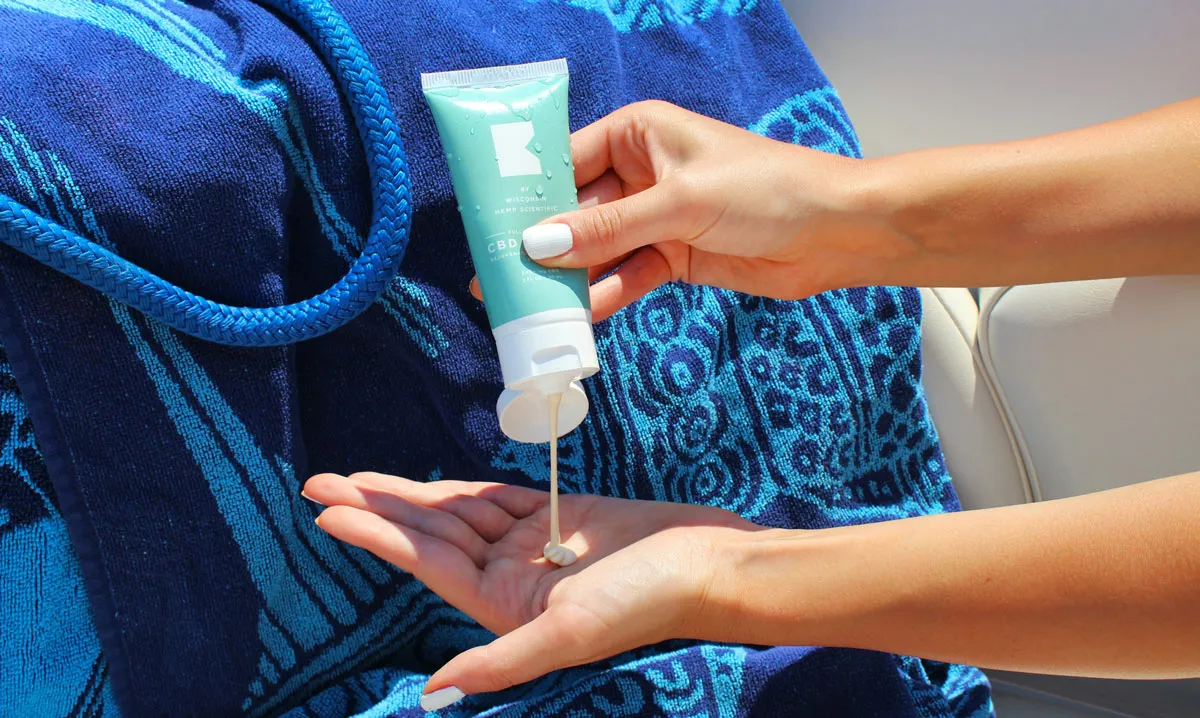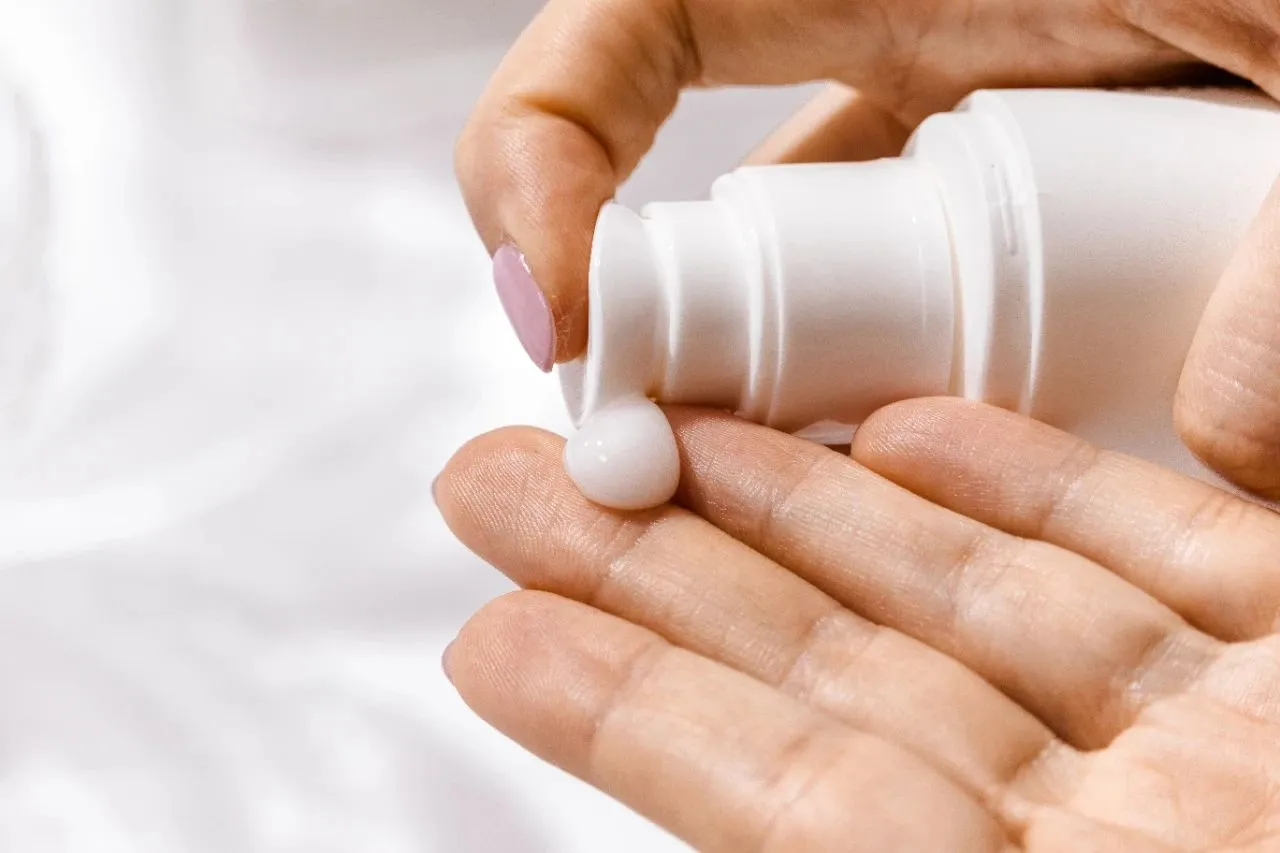
Skin cancer is one of the most common malignancies worldwide. According to the World Health Organization (WHO), over 1.5 million new cases of skin cancer were diagnosed globally in 2020, with more than 120,000 fatalities. The incidence of malignant melanoma, a type of skin cancer, has nearly tripled over the past three decades, rising from 0.31 per 100,000 people in 1990 to 1.19 per 100,000 in 2019.
Statistics indicate that approximately 65% of melanomas and 90% of non-melanoma skin cancers are directly related to ultraviolet (UV) exposure. Thus, reducing UV exposure is crucial in preventing skin cancer. Sunscreen use is a common protective measure, but paradoxically, the incidence of skin cancer continues to rise despite more people using sunscreen. Why is this happening?
The Sunscreen Paradox

In July 2022, a team from the University of Toronto investigated the correlation between melanoma incidence and sunscreen habits. They recruited 95 Canadian adults from four provinces: Nova Scotia, Prince Edward Island, New Brunswick, and Newfoundland and Labrador. The study aimed to understand their sunscreen usage habits through interviews.
The findings revealed distinct differences in sunscreen habits among participants from different provinces. Despite avoiding midday sun exposure and sunbathing, their sunscreen and other sun protection habits varied.
Higher Incidence Areas:
In provinces with higher melanoma rates, such as Nova Scotia and Prince Edward Island, participants regularly used sunscreen. One participant mentioned carrying sunscreen samples for impromptu beach trips. They also wore sun-protective clothing, hats, and sunglasses.
Moderate Incidence Areas:
In New Brunswick, where melanoma rates matched the national average, residents were also diligent about sunscreen application, even for brief outdoor activities, and consistently practiced physical sun protection.
Lower Incidence Areas:
Conversely, in Newfoundland and Labrador, where melanoma rates were lower, participants were less rigorous about sun protection. They often ignored sunglasses and hats, preferring long-sleeve clothing. Sunscreen use depended on whether they were directly exposed to intense sunlight.
Interestingly, participants from high-incidence areas reported more frequent sunburn experiences, including painful blisters and peeling skin. This phenomenon, known as the “sunscreen paradox,” suggests that those aware of UV risks and using protective measures may spend more time in the sun, mistakenly believing they are fully protected. This false sense of security often leads to inadequate sunscreen application.
Proper Sunscreen Application
Research shows that most people apply far less sunscreen than recommended. The FDA advises applying sunscreen at a density of 2 mg/cm². However, a large survey of Americans revealed average application densities of 3 mg/cm² for the face and 1.52 mg/cm² for the body, with median values of 1.78 mg/cm² and 1.35 mg/cm², respectively. Applying less than the recommended amount significantly reduces the SPF’s effectiveness. For example, applying SPF 16 sunscreen at a density of 1 mg/cm² can lower the SPF to 4, and at 0.5 mg/cm², it drops to 2. Additionally, rubbing sunscreen in rather than gently applying it can decrease SPF by up to 20%.
Comprehensive Sun Protection

Sunscreen is just one part of sun protection. Other factors like cultural practices, occupation, and geographical environment also influence UV exposure. Melanoma rates inversely correlate with latitude; higher latitudes have lower incidence rates. Newfoundland and Labrador, with fewer sunny days and cooler temperatures, naturally have lower melanoma rates compared to sunnier, warmer provinces like Nova Scotia and Prince Edward Island.
To effectively protect against UV radiation, follow these guidelines from the American Academy of Dermatology (AAD):
- Choose Broad-Spectrum Sunscreen: Ensure it protects against both UVA and UVB rays, has an SPF of at least 30, and is water-resistant.
- Apply Generously: Use about 28 grams (1 ounce) to cover your entire body. Apply 15 minutes before going outside.
- Don’t Forget Lips: Use a lip balm with SPF 30 or higher.
- Reapply Regularly: Reapply every two hours, and immediately after swimming or sweating.
- Use Additional Protection: Wear UPF-rated clothing, long sleeves, long pants, wide-brimmed hats, and UV-blocking sunglasses. Avoid sun exposure during peak hours (10 a.m. to 4 p.m.).
By following these comprehensive sun protection strategies, you can significantly reduce your risk of skin cancer while still enjoying the outdoors safely.

